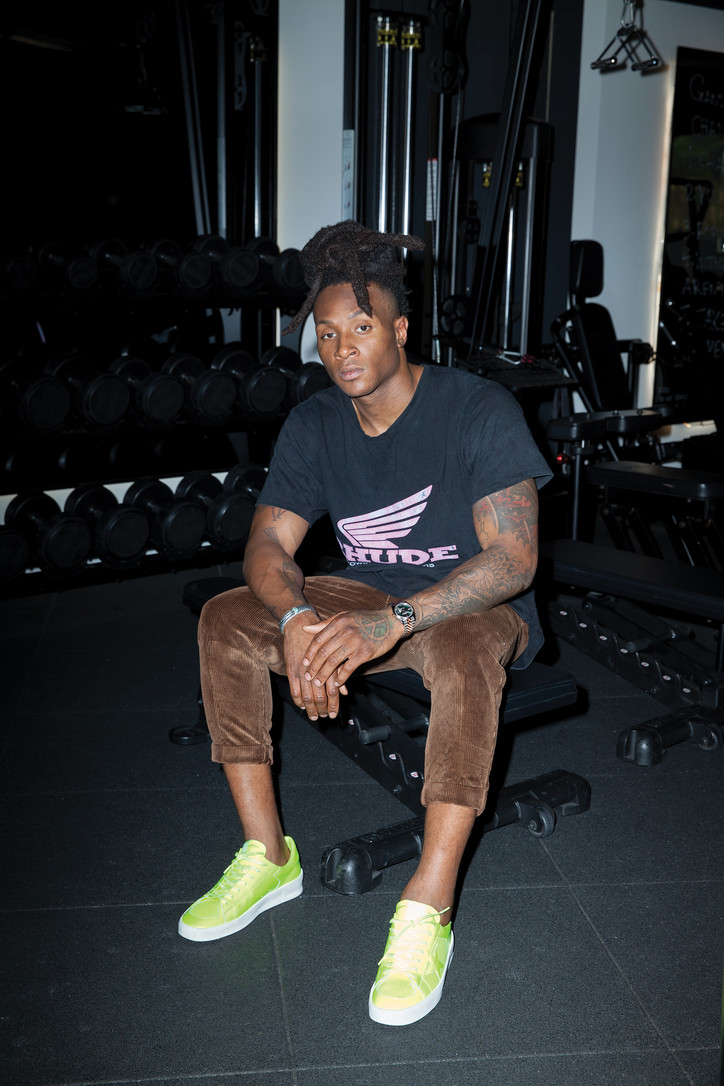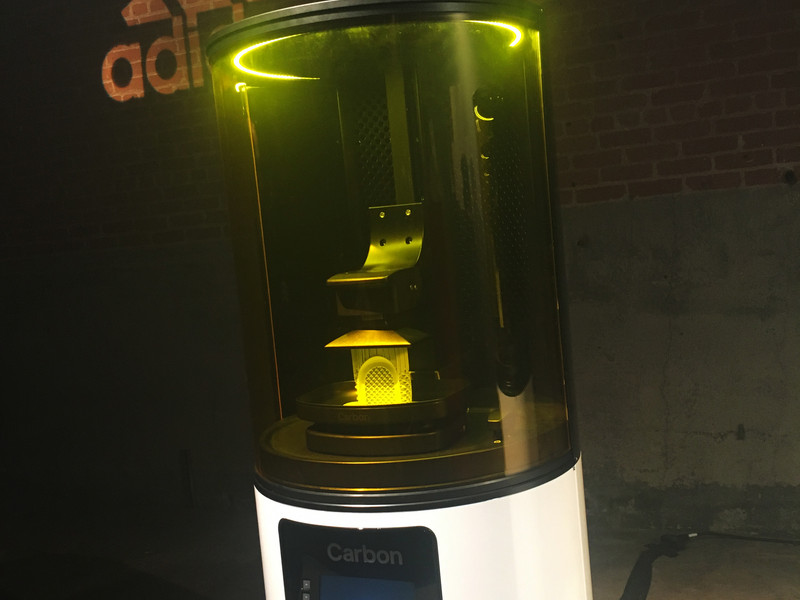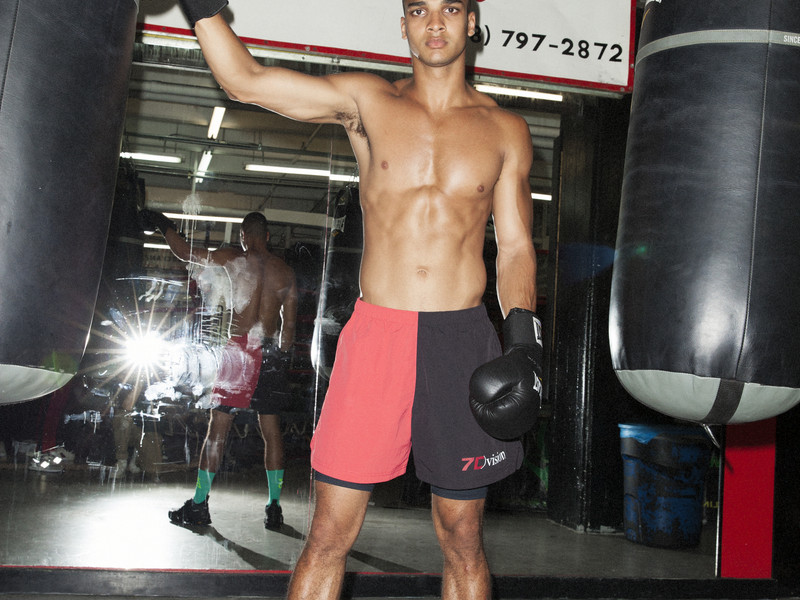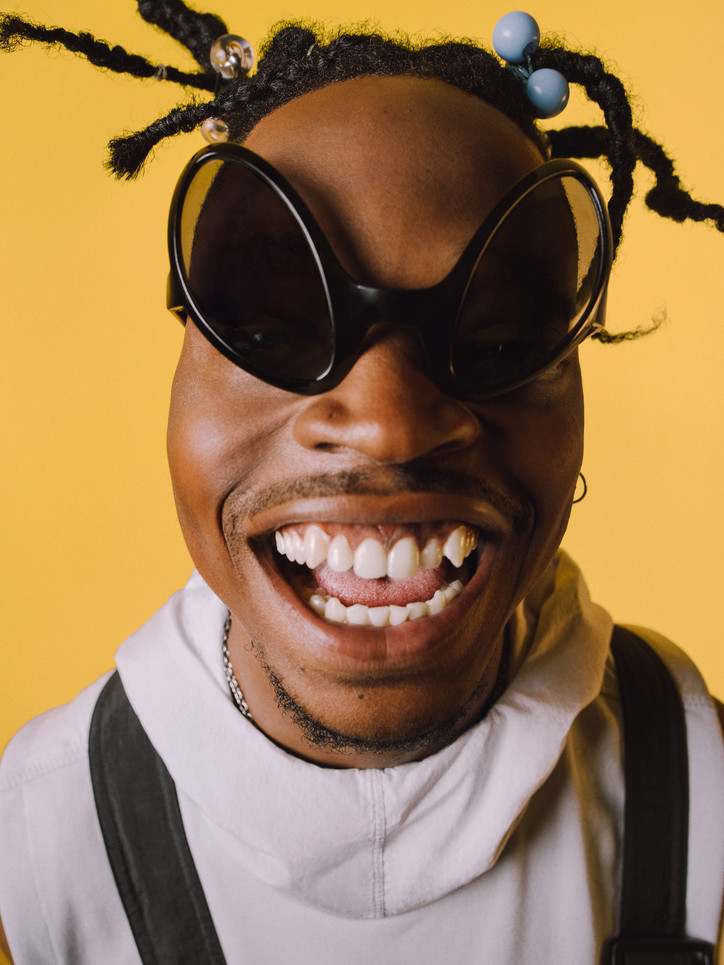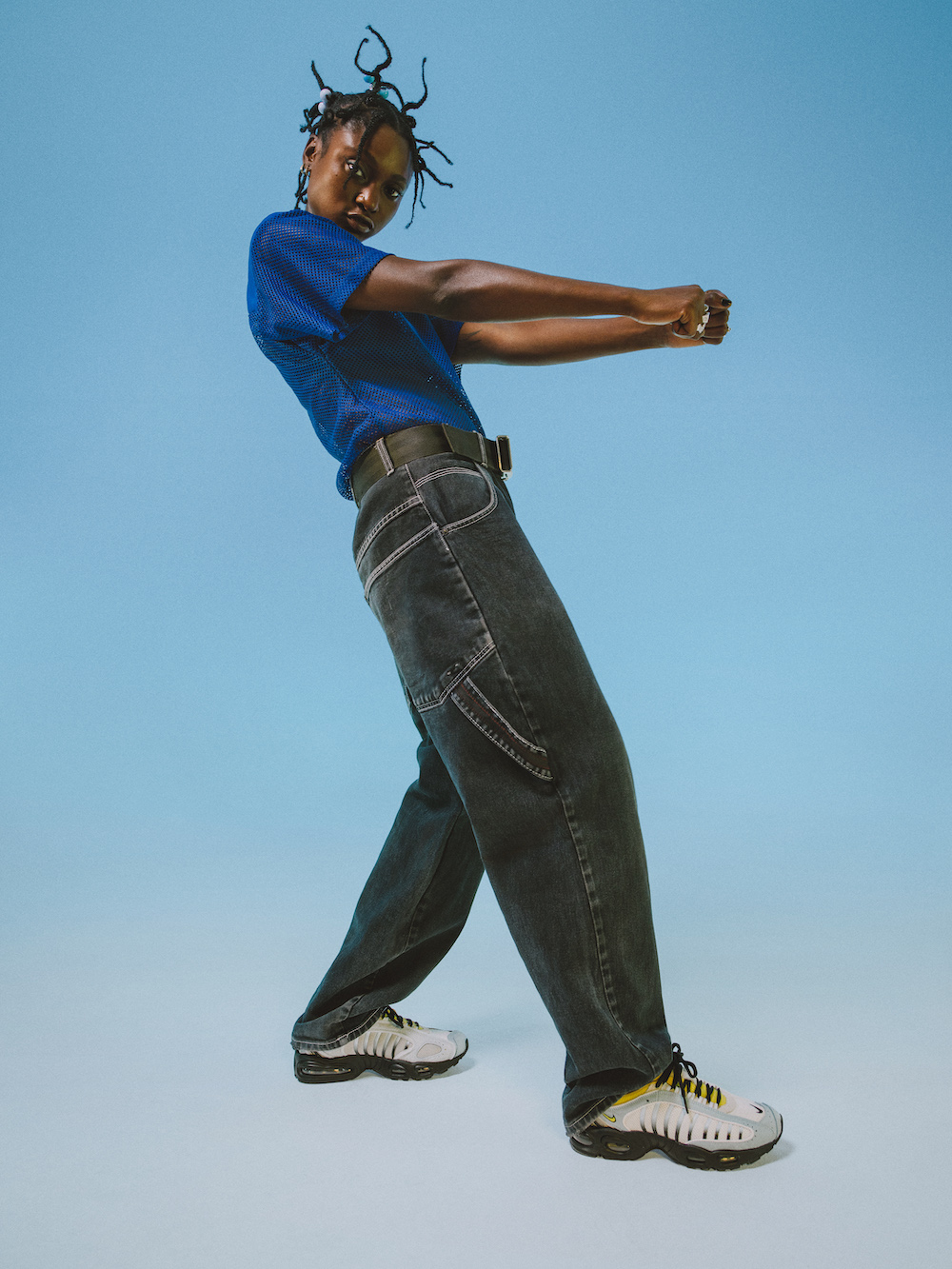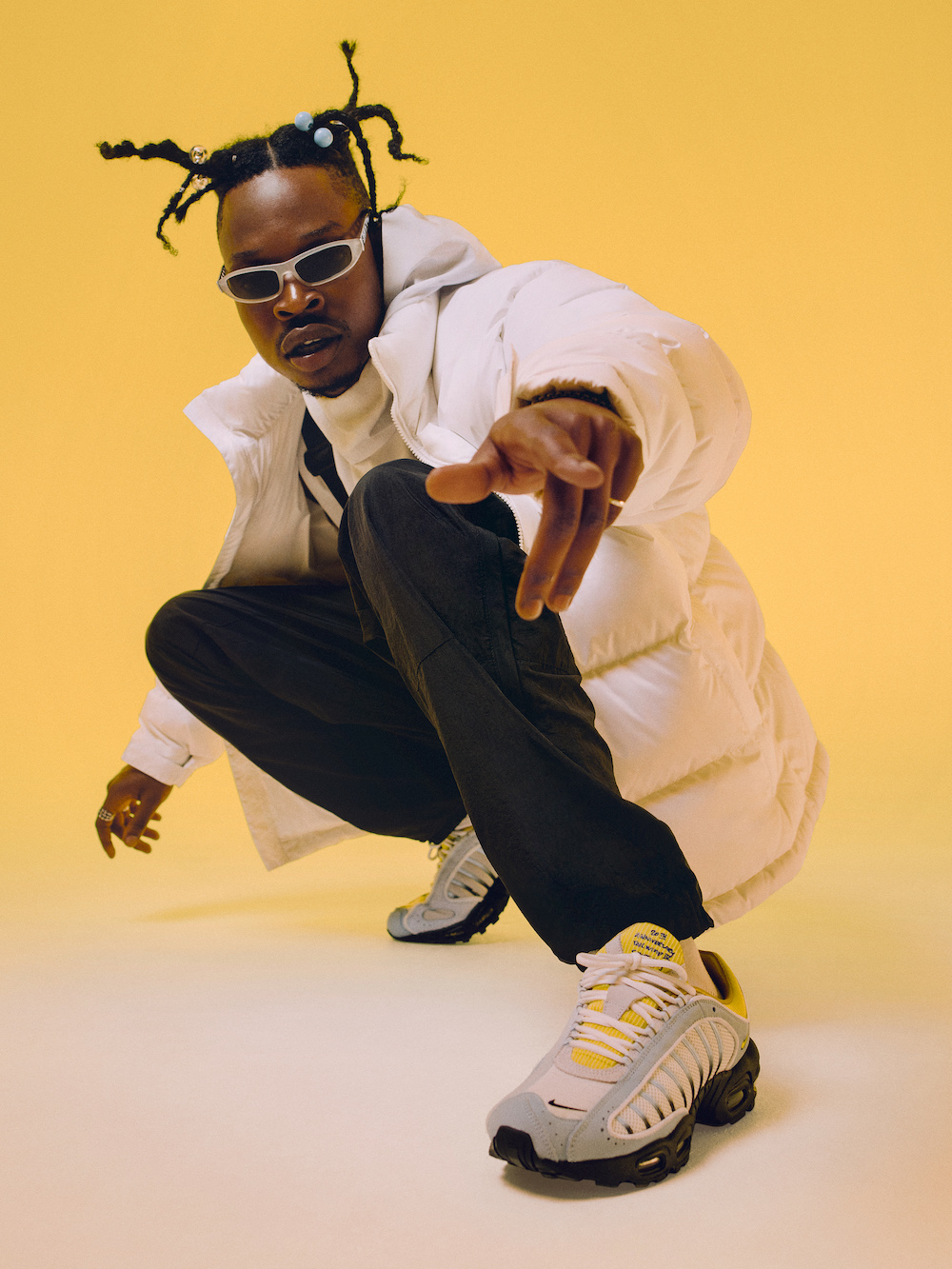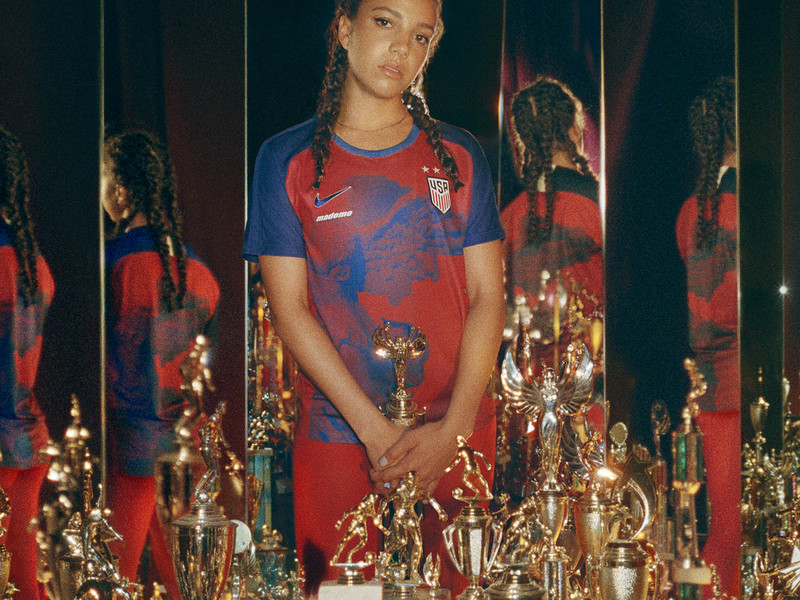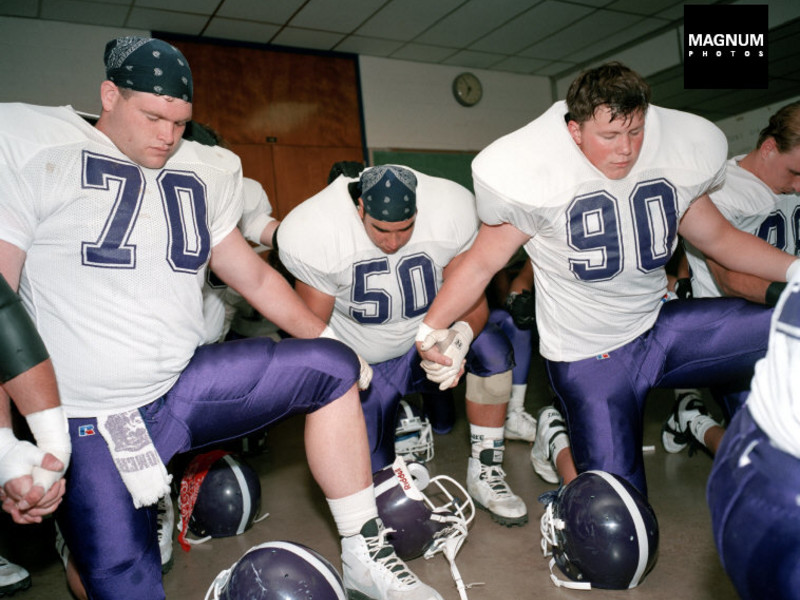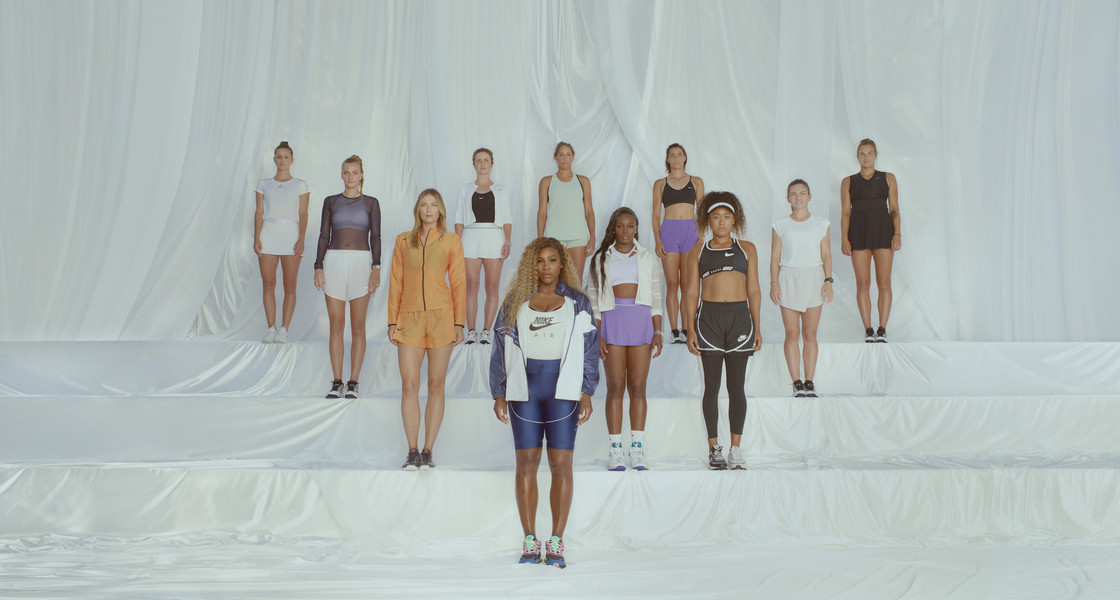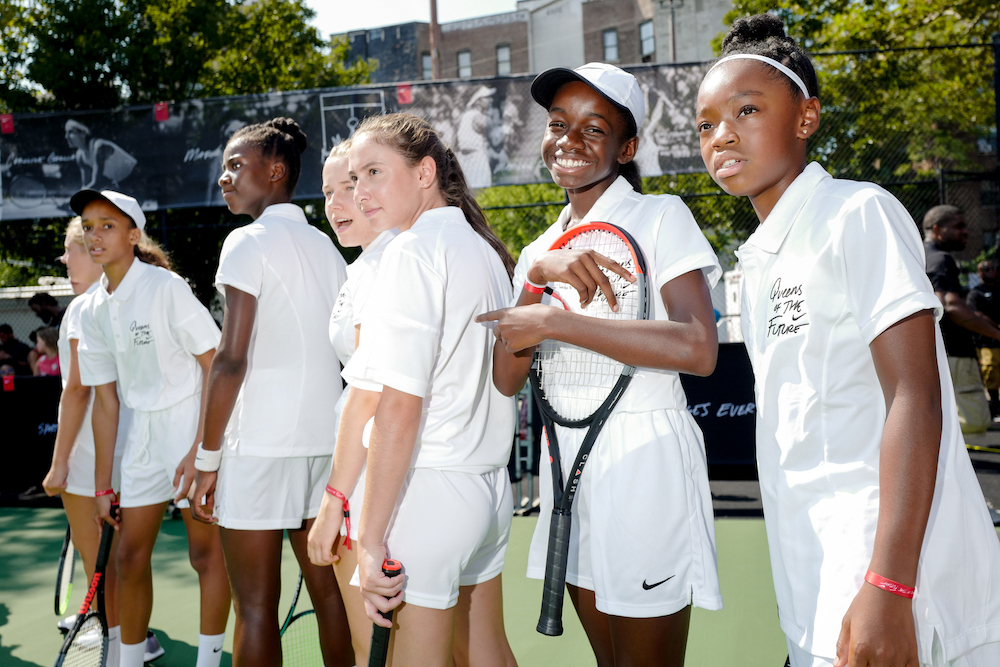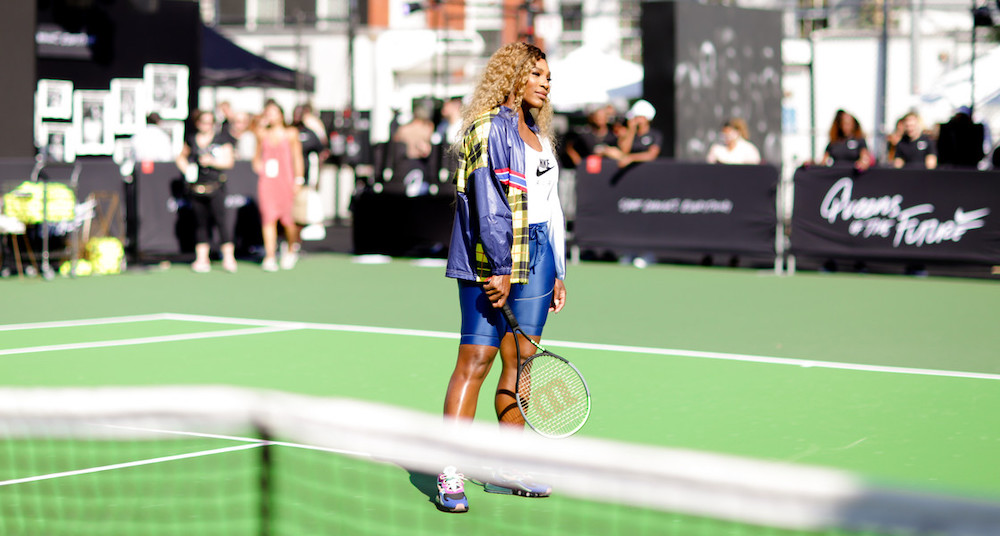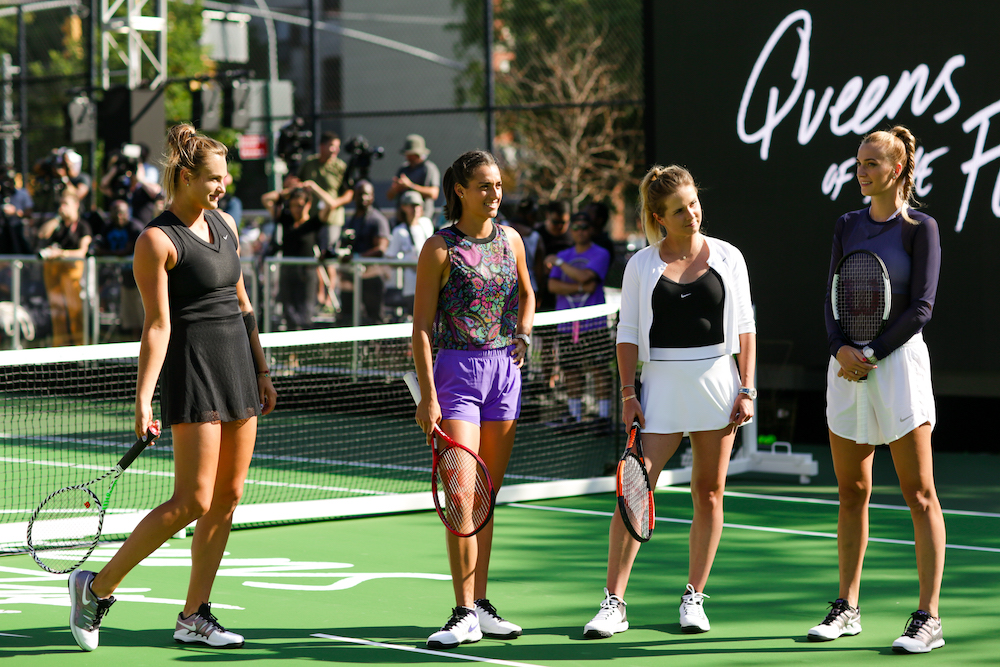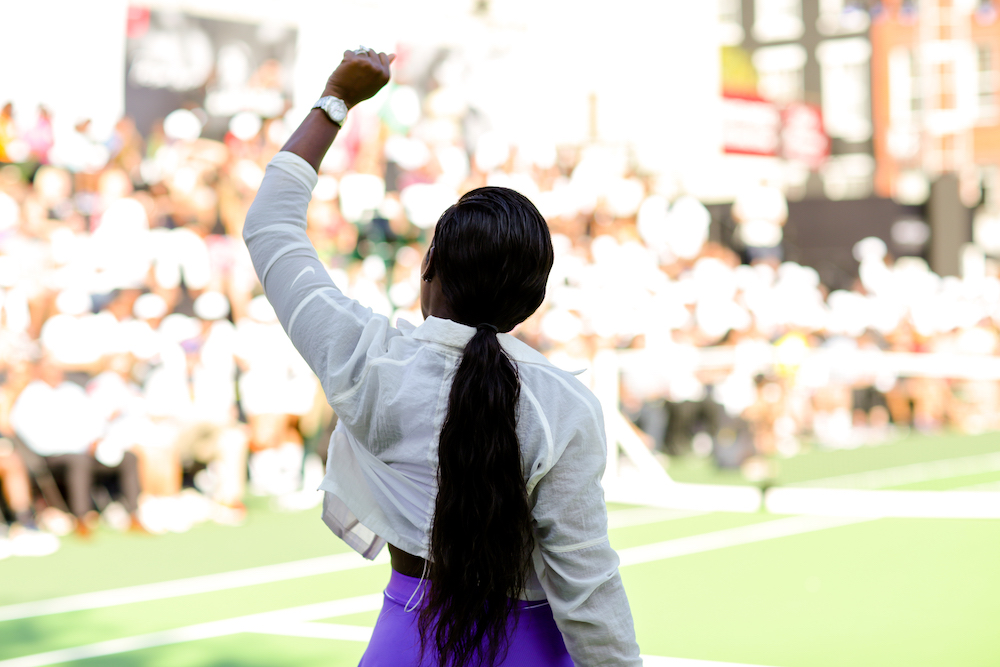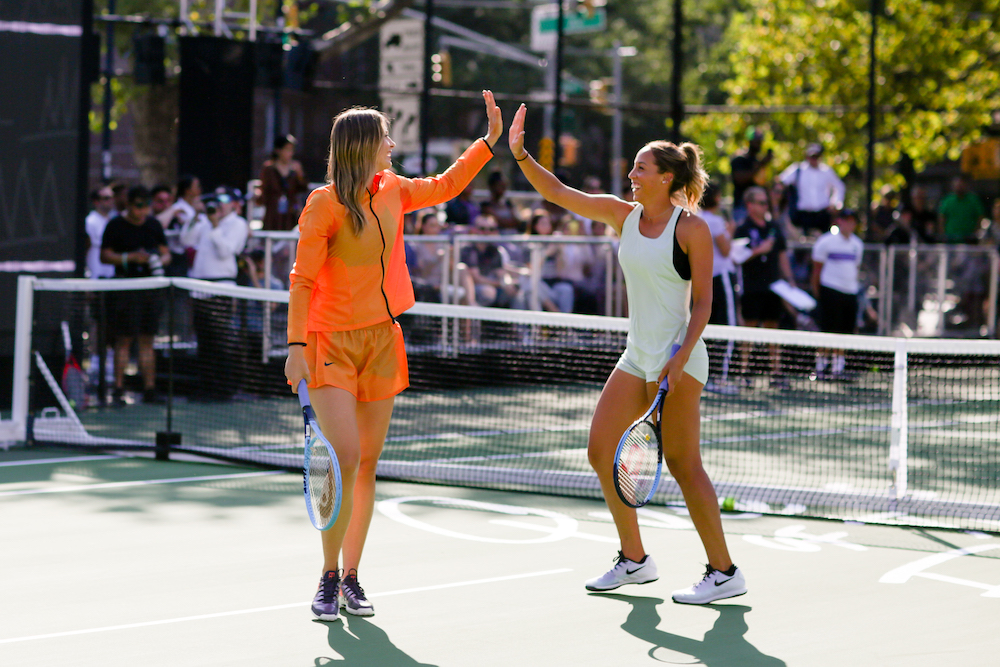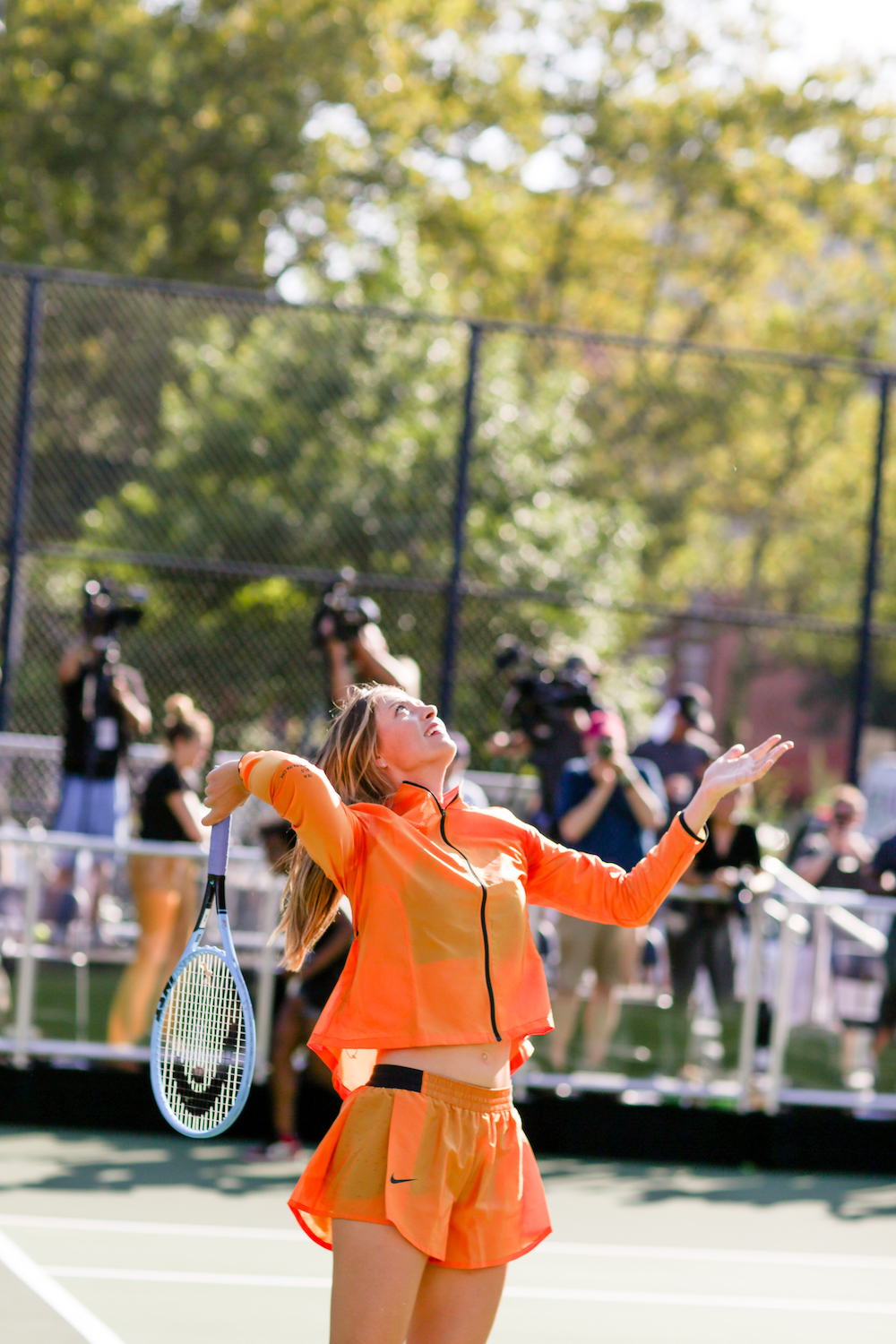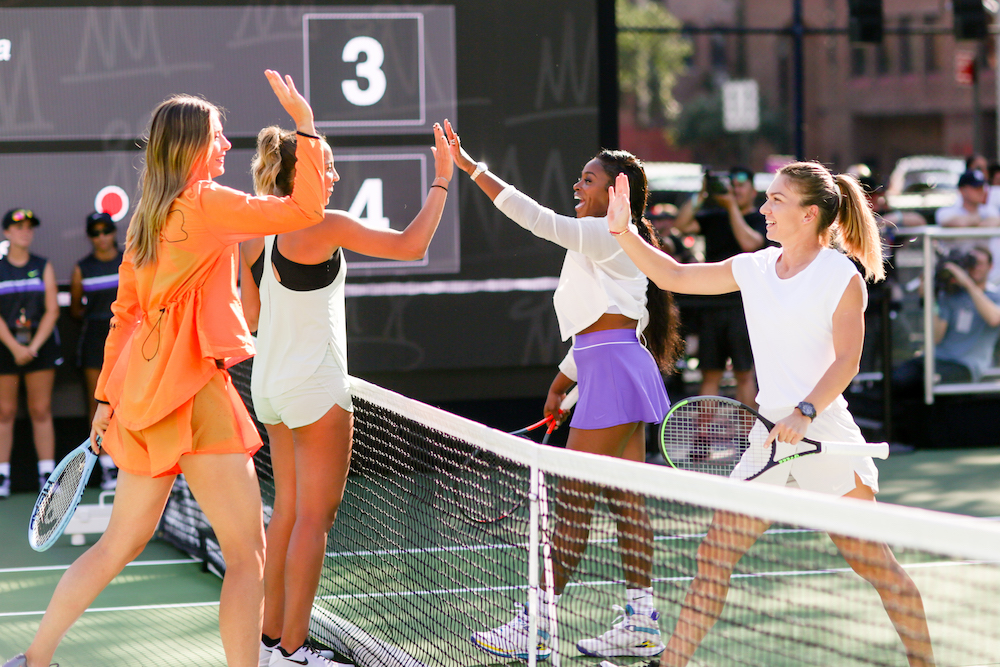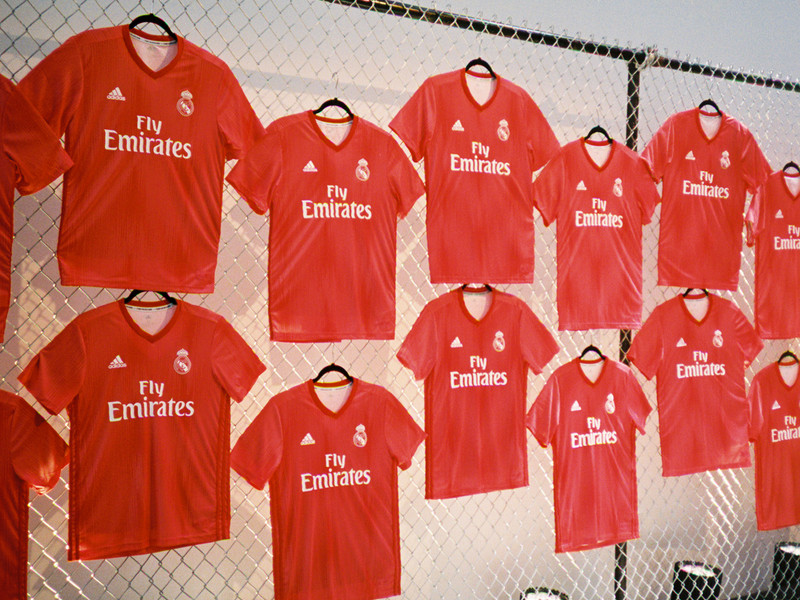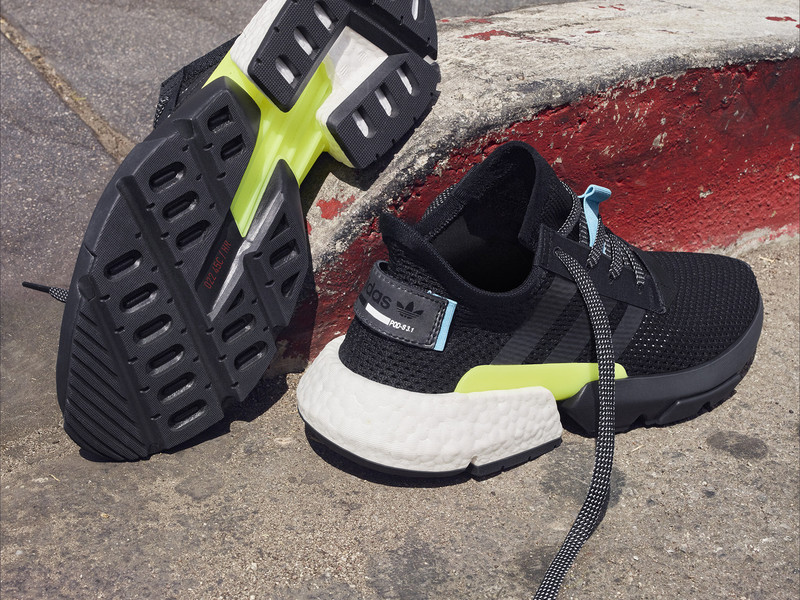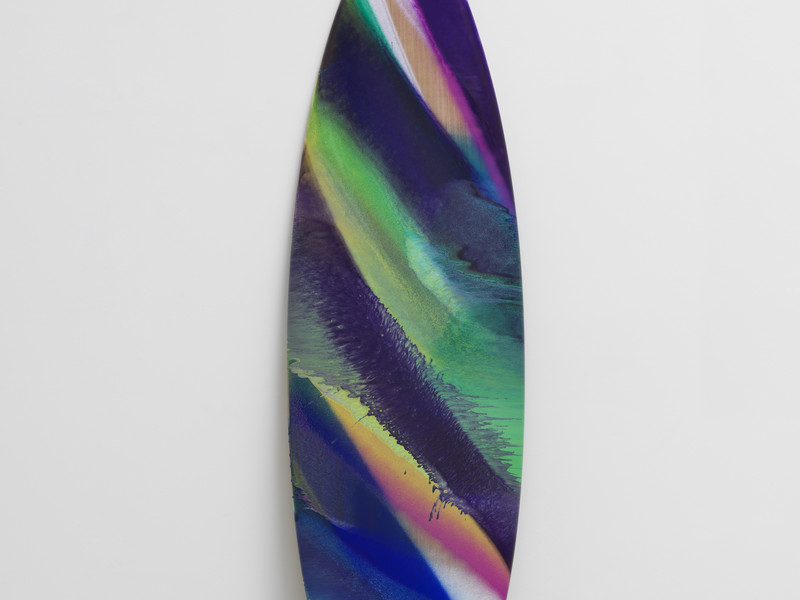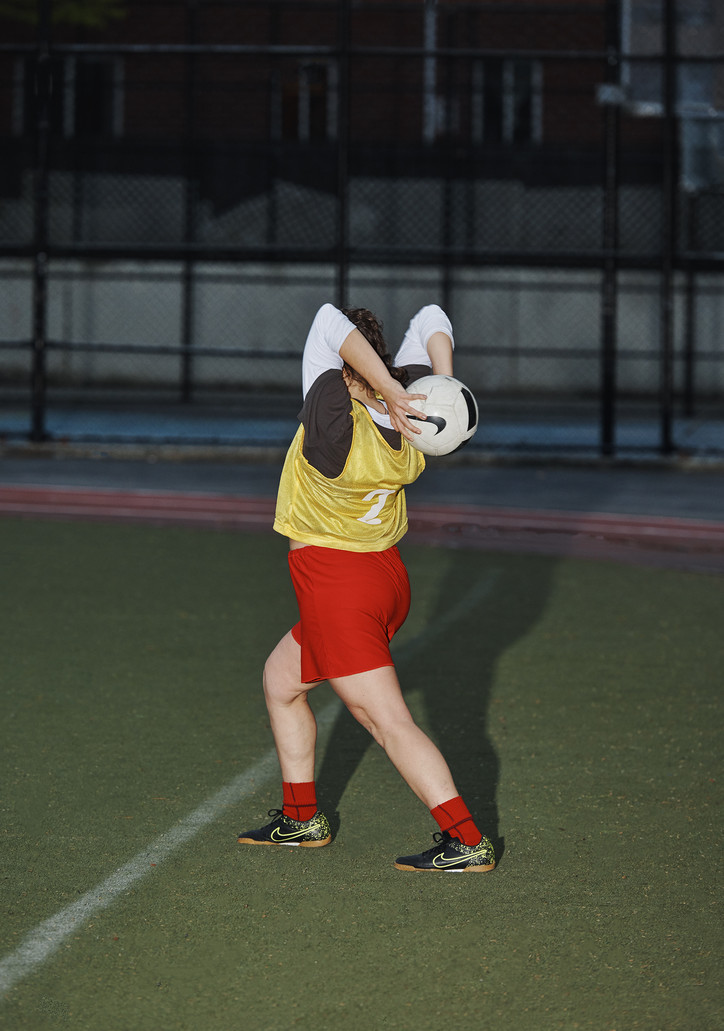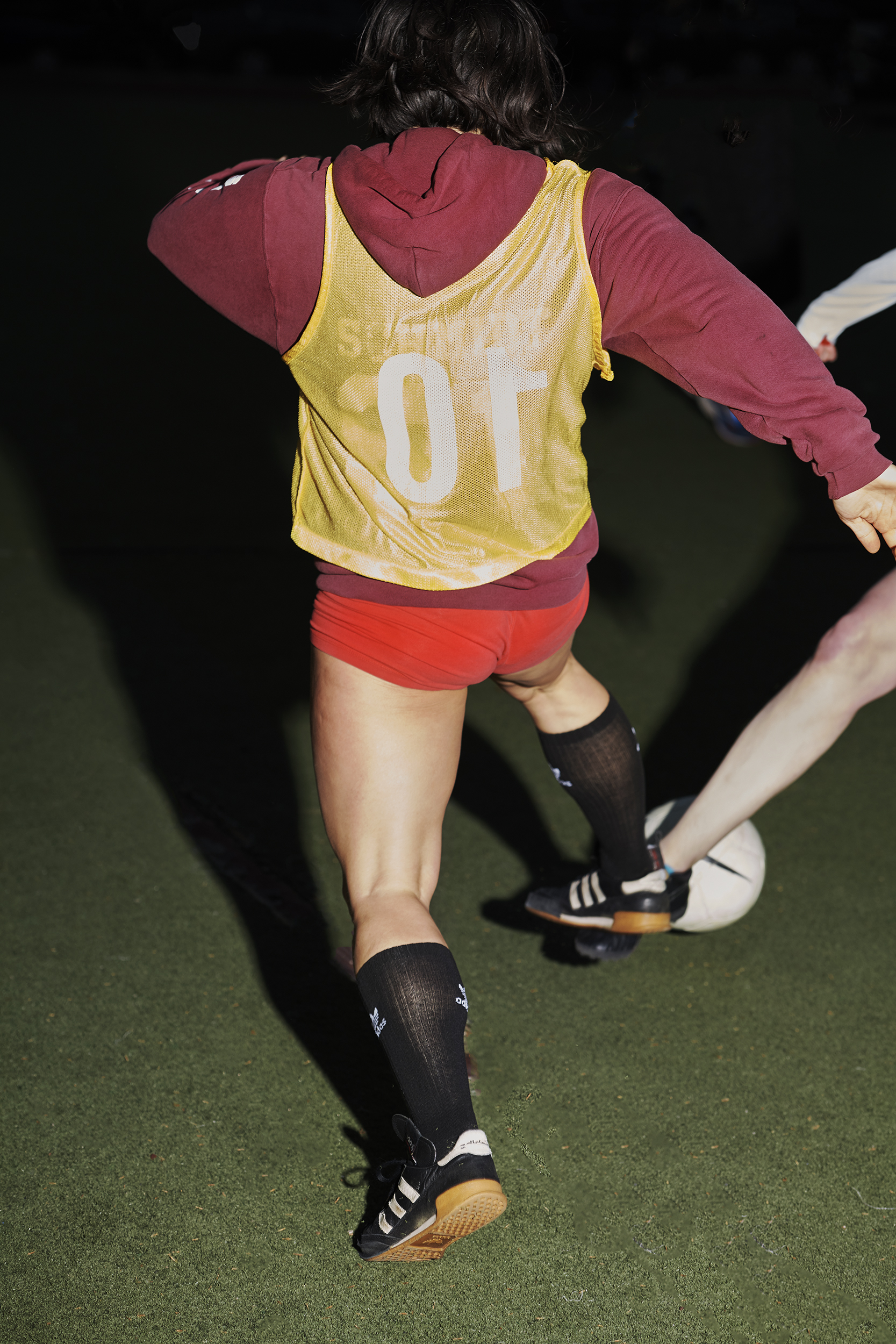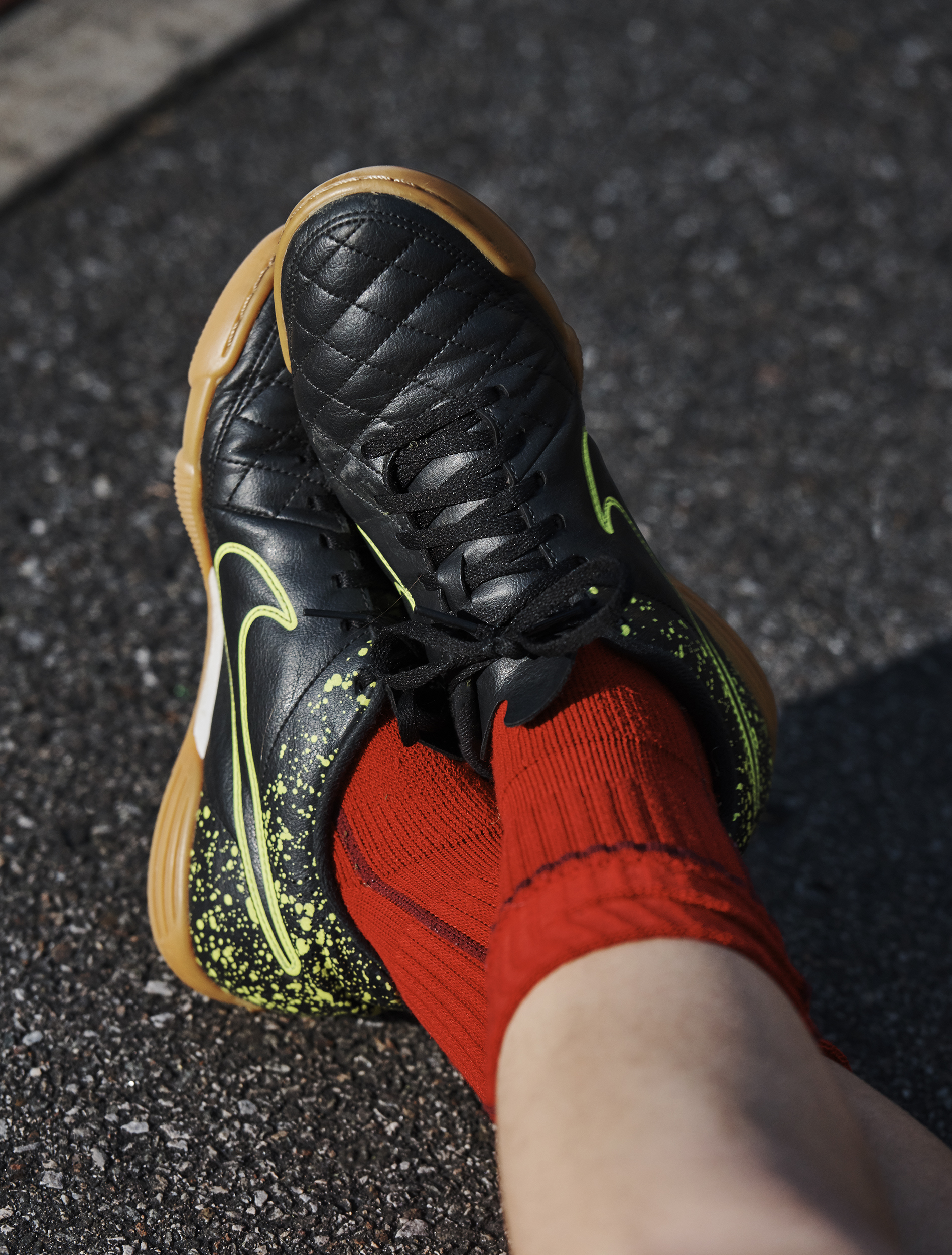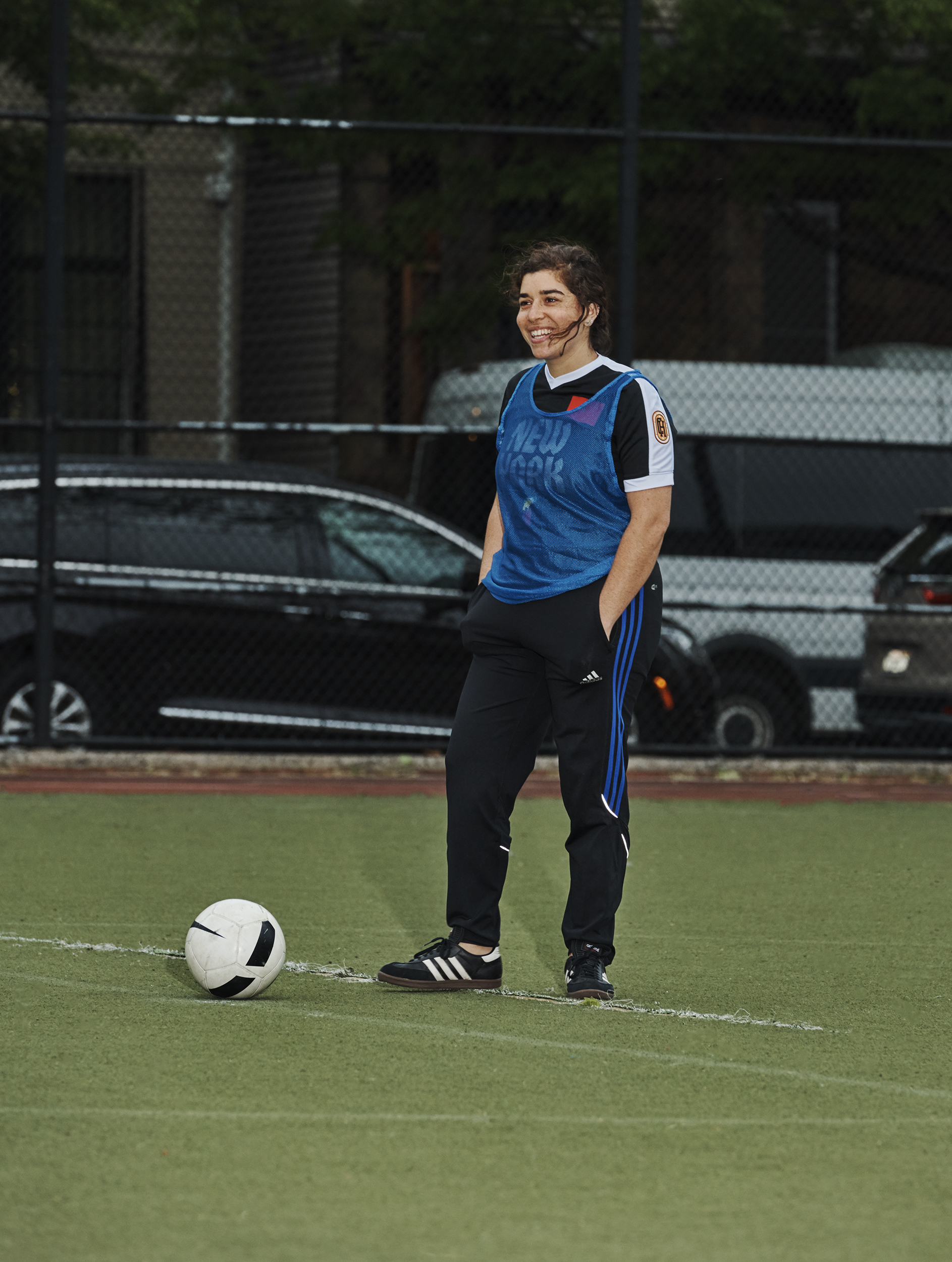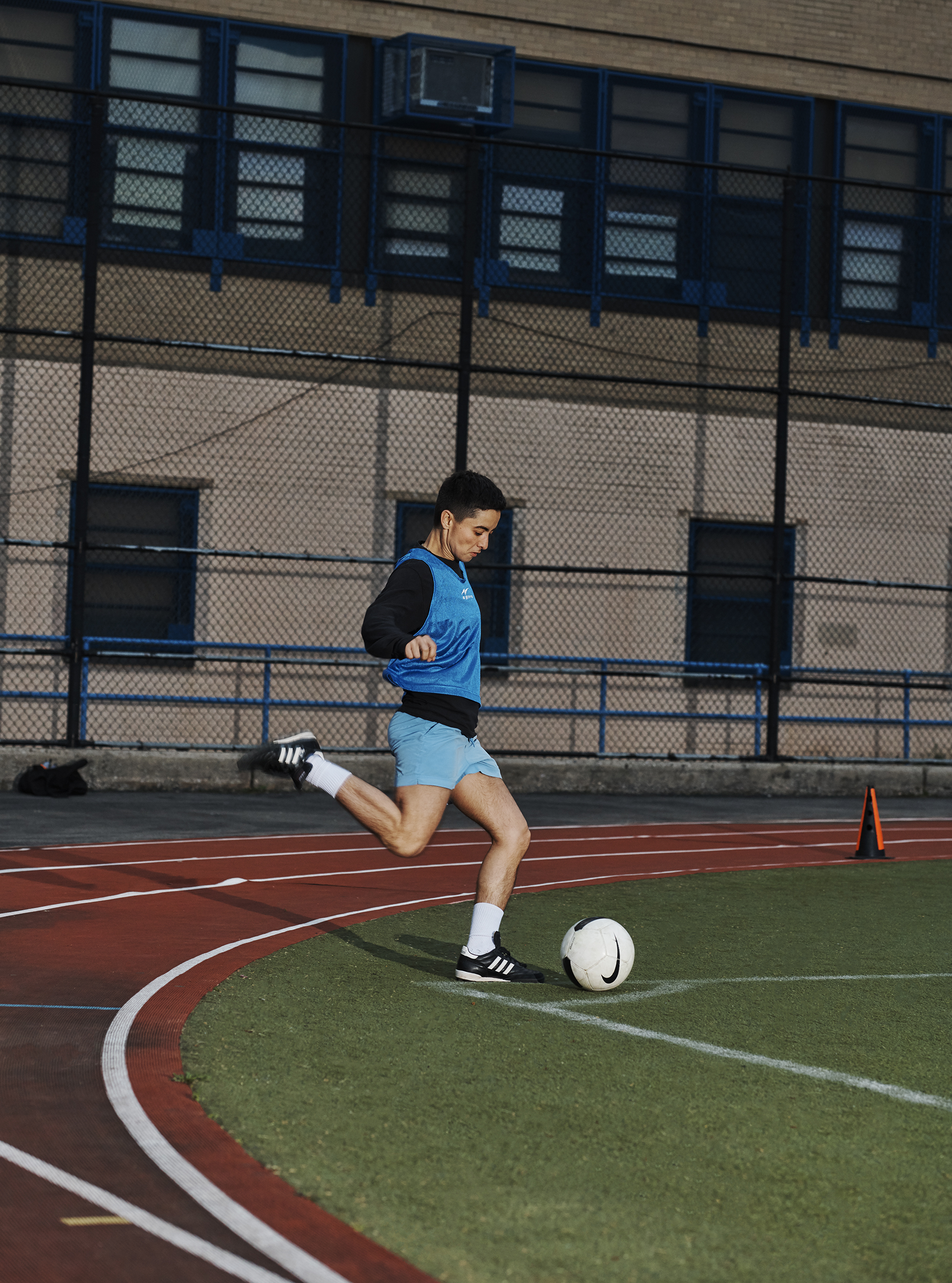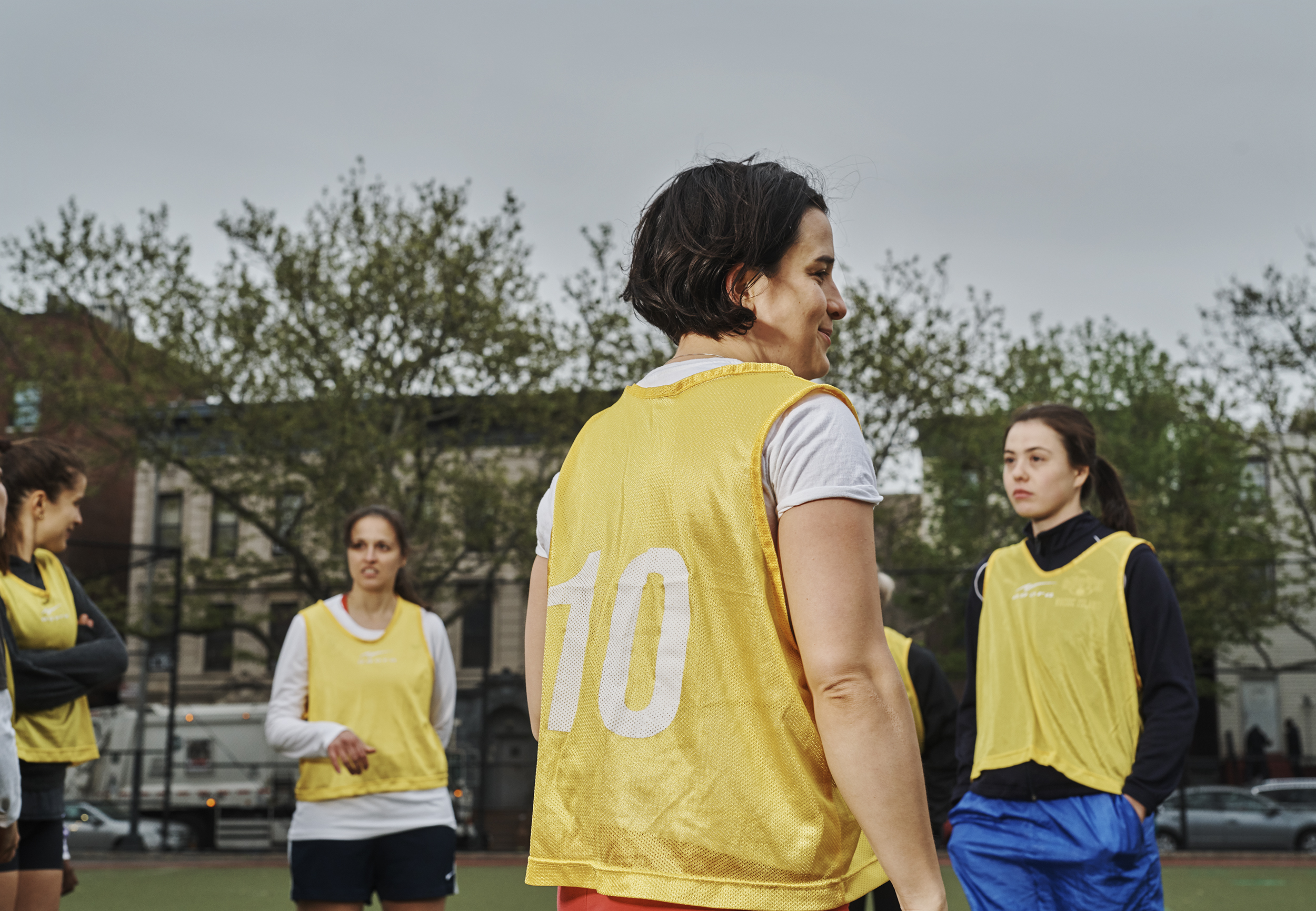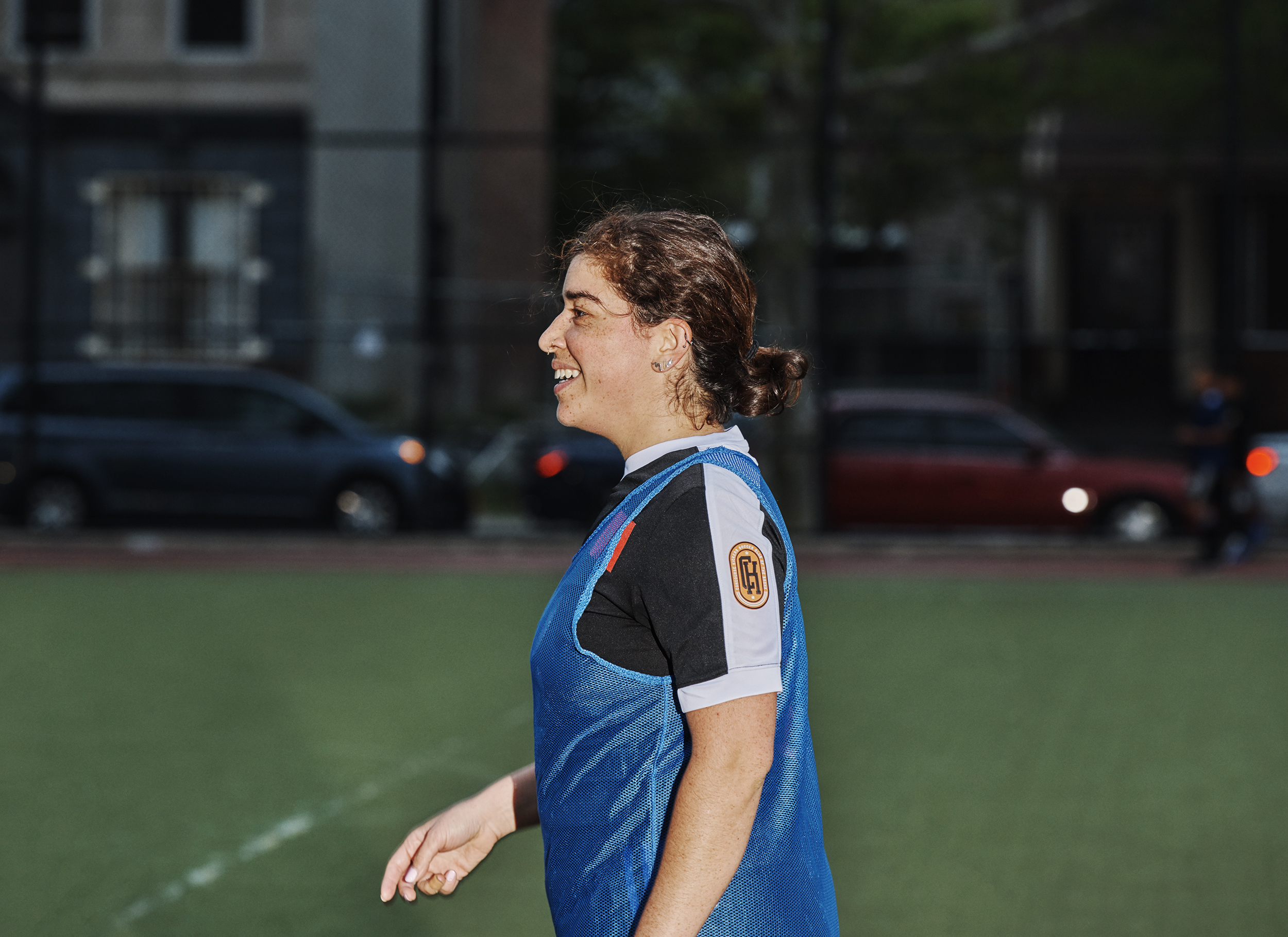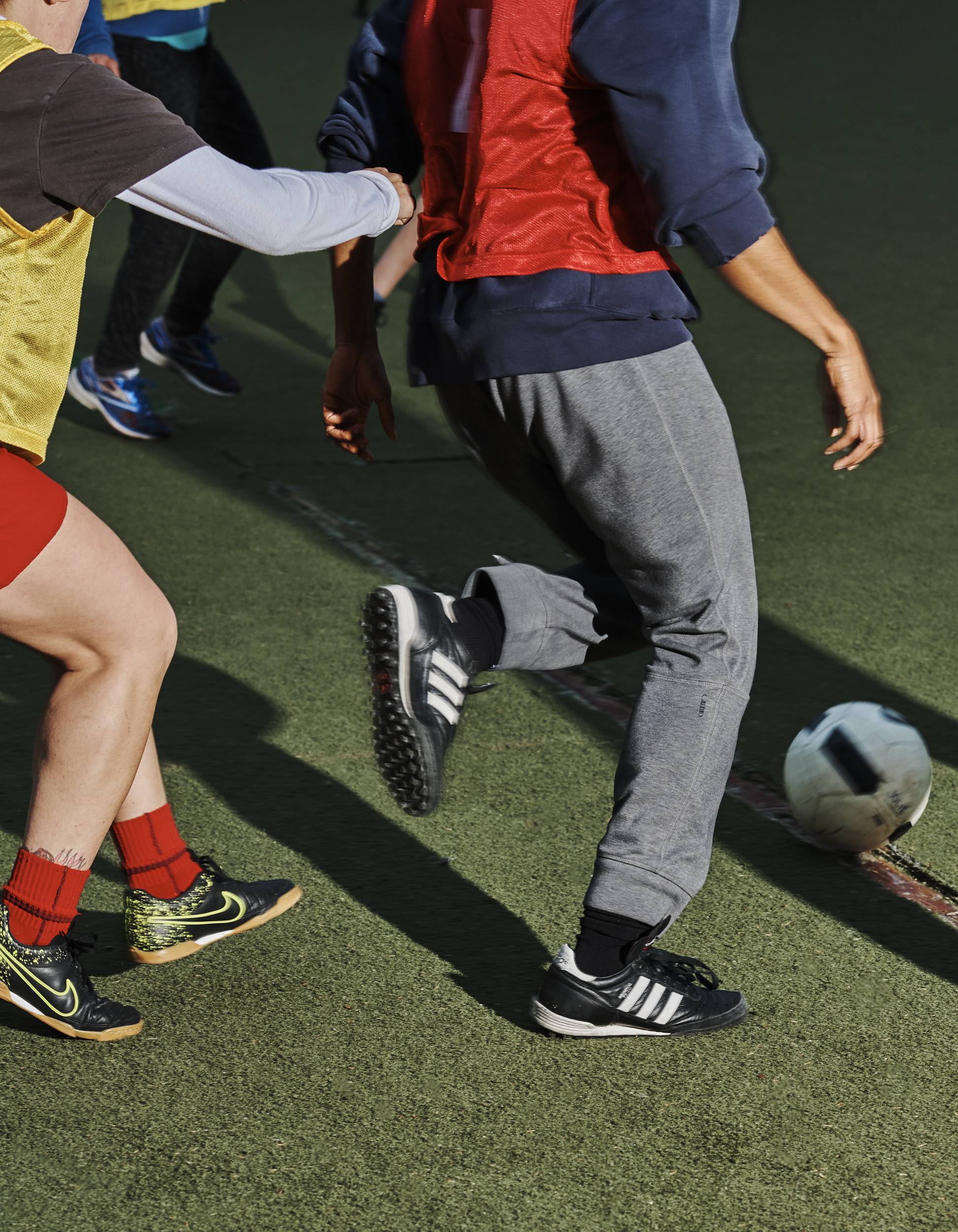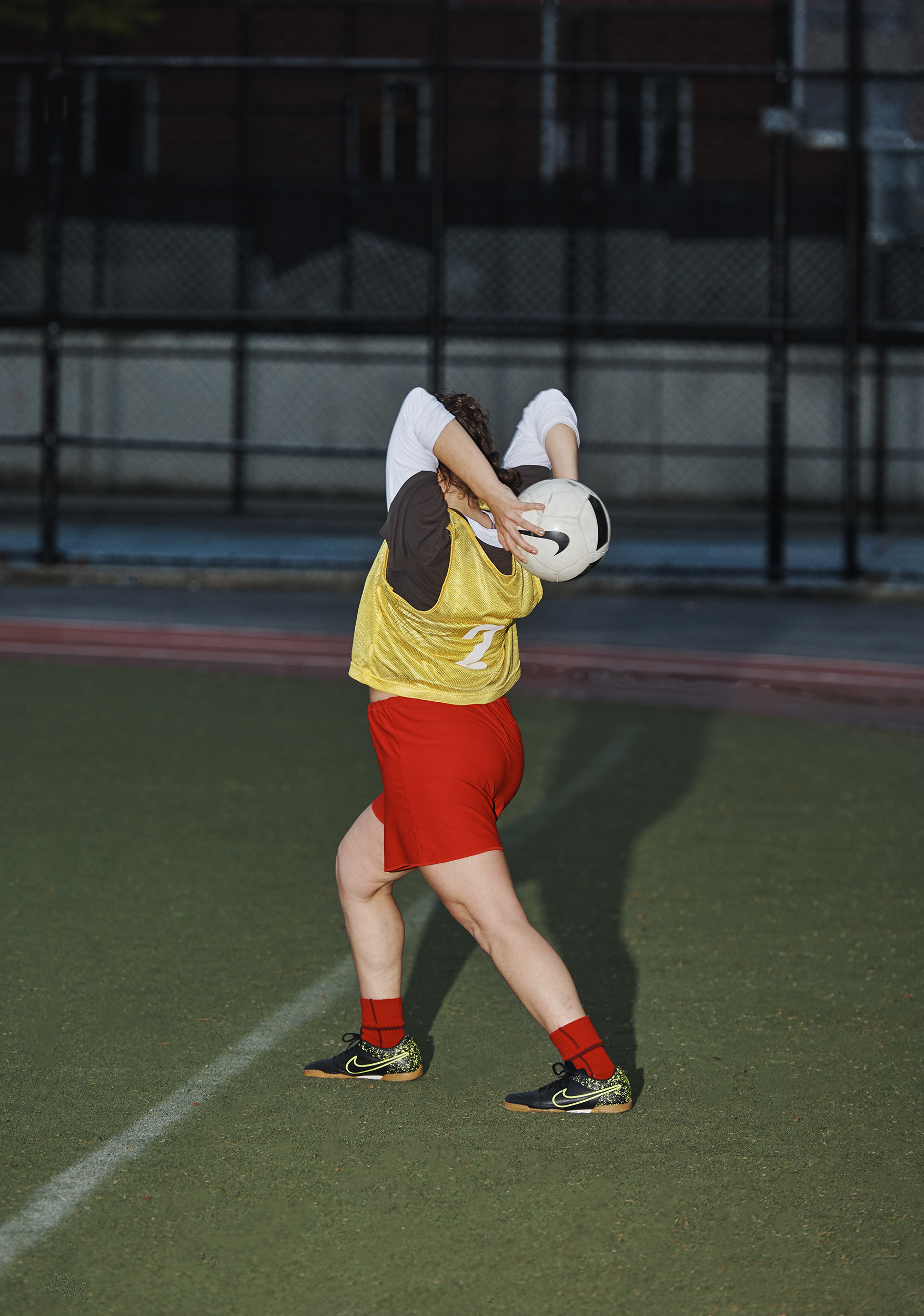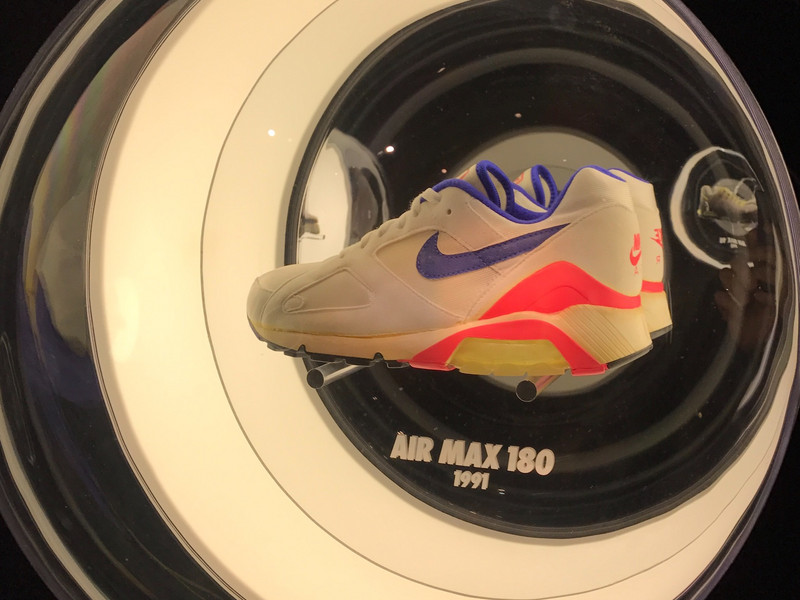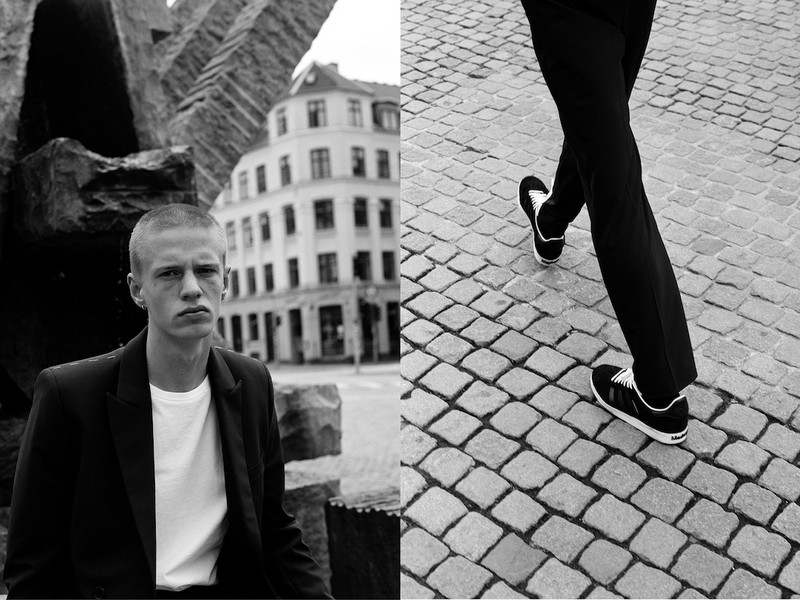Do you see any similarities in how you approach art to how you approach athletics?
Alex Schmidt: My role in teaching improv or anything, really, is to see myself as a conduit verses a professor. I never want to tell anybody how to make their art or how to be funny. It’s more discovering ‘what’s your reality, what’s your medium, and speak to your intelligence around that.’ I’ve taught investment bankers, preschool teachers, all different kinds of groups, and everyone is funny because everyone has a really specific idiosyncratic reality that they come from. I did found the Dyke Soccer team, and I am a captain, but I don’t see myself as a principal or president.
You both have shown a lot of interest in sculpture work. Do you think sculpture has a different relationship with the audience than other mediums?
Alex Schmidt: Yeah, I want to make a space that’s for sure a showcase of my sculptures and my aesthetic, but is also functioning as a community hub and a place where you might spend lots of time. I think there’s a lot of work now that’s built to be used and for you to sink into. A lot of people ask me what my medium is and I truly can’t think of a medium I don’t like to do…all the mediums, that’s the medium!
There are a lot of different mediums in Group Fail Pony Play that showed at the Leslie-Lohman Museum last year. Can you tell us a little about that project?
Alex Schmidt: Yeah, the name itself is a really distilled poem, I wrote down a lot of different words that felt central to my work - which is all about building as a group instead of moving from a place of individualism. Failure is really central because I feel there’s a lot of empowerment in choosing that; accepting failure as the necessary result in order to take a risk. Pony, I think, relates to queer sexuality but also has a lot of ties to my personal life with ‘horse girl’ and the fact that I have a lot of autism in my family, so there’s a really strong culture of horse therapy I’ve been around. This creates a crossover between sex and therapy. Play derives from the form of pedagogy that is the concept you should always be moving from a place of play. The piece has quilting, rug tufting, ceramics, live programming, and a performance video. The ceramics range from more flat pieces to ones that are more figurative that have tongues and strap ons. The performance piece is called Power Bottom which entails me topless riding a barely trained horse in North Carolina with a long white wig and kink wear. The audio is me being coached by Lily the Horse Tamer, and it feels a lot like her teaching how to train your bottom to a top.
Yael, you are also a photographer. What’s your relationship with sculpture work?
Yael Malka: After I started doing more sculptural work, my mind goes there immediately because a lot of time it makes more sense to have the work be a physical object. A lot of what I use are found objects and I love the idea of taking something already in the world and changing the context of it or using it as a ready made. I’m really interested in ephemerality right now, so I want to keep pushing down that path.
Yeah, we saw a lot of themes of ephemerality in Almost Touching and Performance. Can you tell us a little about Elastic Behavior?
Yael Malka: I had stayed overnight in the Sahara desert and was so fascinated by the ways time worked in the desert and how there were physical imprints in the sand that would get erased immediately. The desert is in a constant state of motion. The piece, sand falling out of an hourglass, was made to be durational and lasted the entirety of the exhibition. With the sand piling on the floor, making its own shape, erasure and accumulation is happening simultaneously. Most of the world's architectural structures, as well as electronics, use sand as a base material, which led me to think about consumption, land, and borders. Borders are arbitrary decisions made about where a state or country starts and stops. The sand falling onto the floor is a reminder of that because it’s land that truly can't be defined or fenced in.
